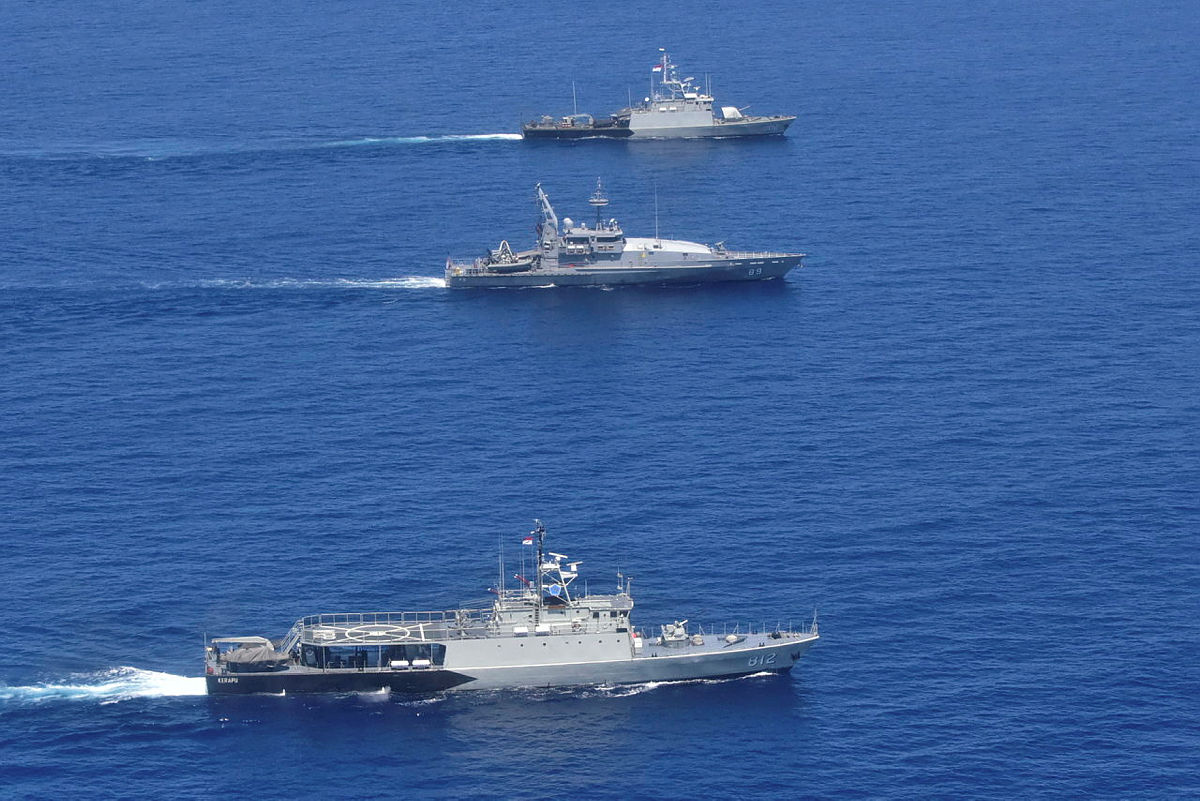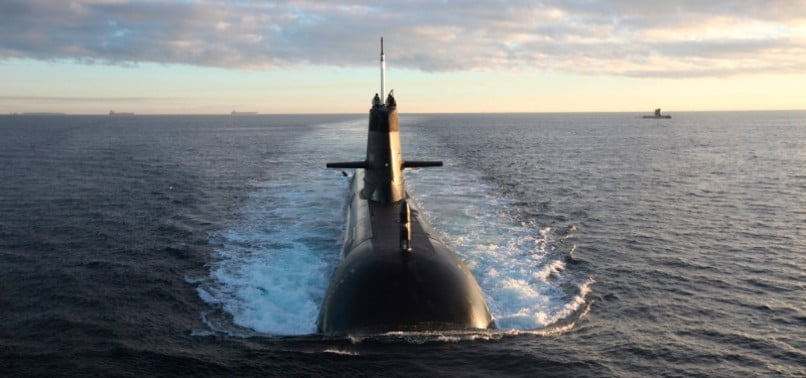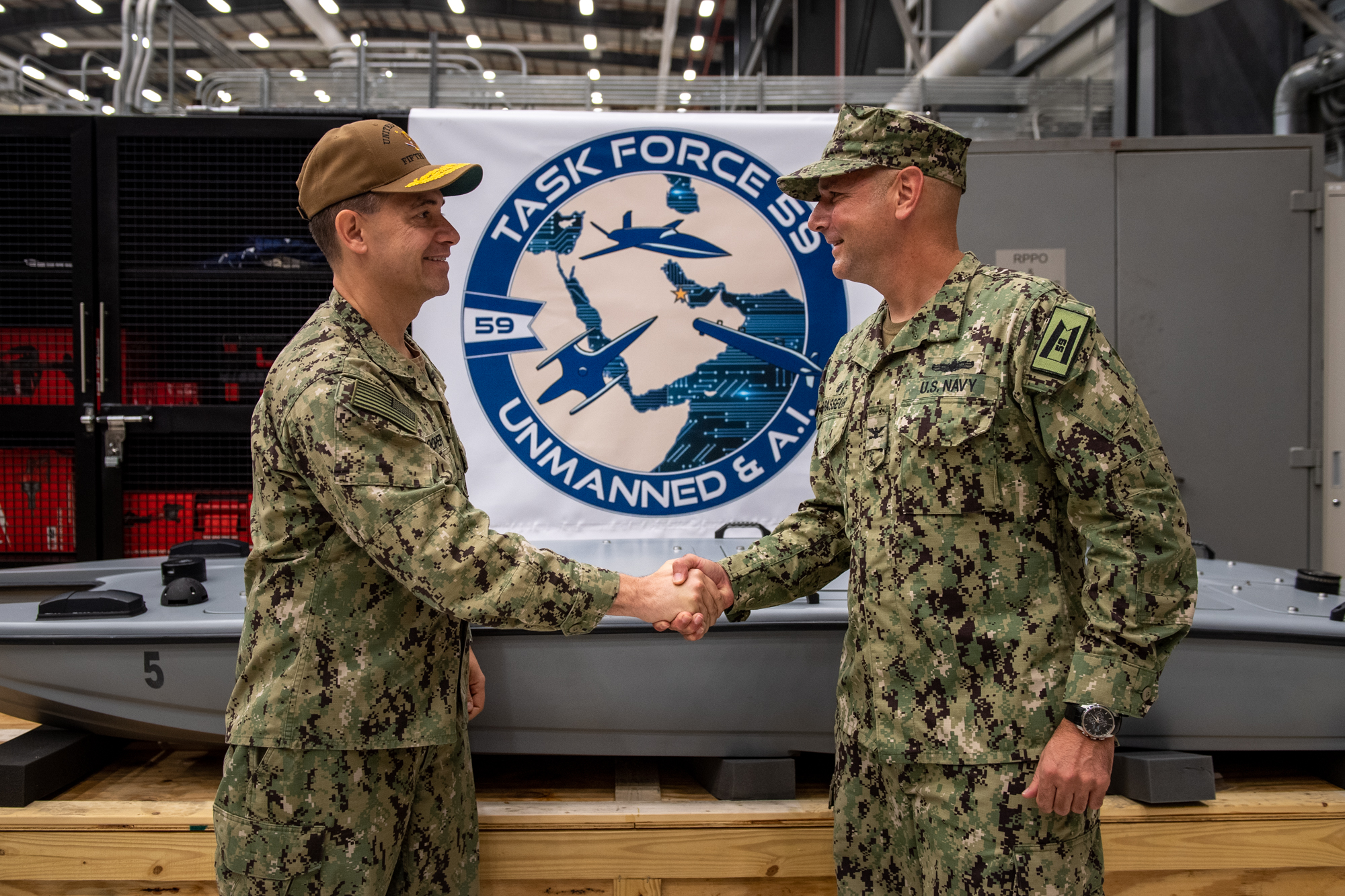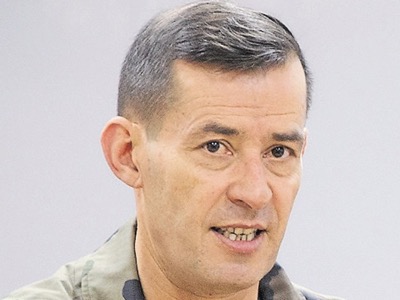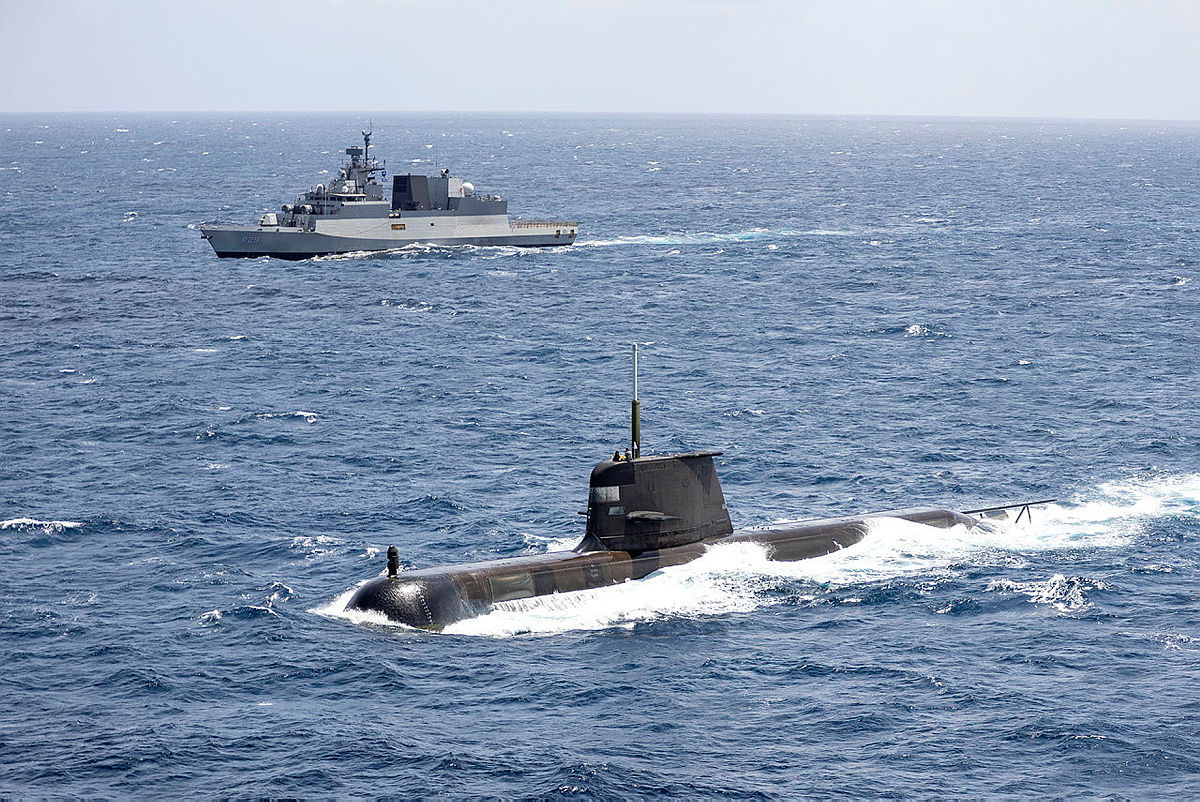By Robbin Laird and Pierre Tran
On September 22, 2021, we had a chance to meet Army General (retired) Didier Castres and discuss the evolution of military operations and strategy under president Macron.
Castres is a highly experienced staff officer who has been engaged in activities associated with crisis management and the French forces.
He is a graduate of Saint Cyr military college and spent most of his operational career in the Infanterie de marine. He became deputy to the chief of staff of the president of the Republic from 2005-2009 with presidents Chirac and Sarkozy, and then commanded for five years from 2009-2011 the Centre de Planification et de Conduite des Opérations (CPCO), the planning cell for operations attached to the Etat Major des Armées (EMA), or general staff. He then was appointed deputy chief of staff for operations from 2011 to 2016 with the general staff.
While at the EMA, Castres participated in a number of operations either led by France or with France working within EU, NATO or UN coalitions, in Afghanistan, the Ivory Coast, Libya, Mali, the Central African Republic, Iraq, and Syria. He worked on the planning and command of the Serval and Barkhane operations. Then in 2016, he was appointed Inspecteur général des armées. He retired in 2020 from the French army and created a consulting firm focused on defense, notably with regard to African issues.
We had a wide-ranging discussion with Castres, looking at many aspects of the challenges facing crisis management for French forces and for those of French allies.
His deep knowledge of both national and coalition operations informed his discussion of the significant challenges which the Western states face in defending their interests in the context of strategic change.
Towards the end of our discussion, we focused on president Macron and how he has approached crises, after discussing the evolving strategic context for military operations. But we will start our article by starting with the Macron element of the discussion.
It has been often noted that when Macron became president, he was 39 years old and the youngest president in French history and the youngest French head of state since Napoleon. But Castres added some key points from a military officer’s point of view.
Macron is of the new generation which did not serve in national conscription, which also applies to the younger generation in parliament. This is in stark contrast to the then president Chirac who served in the Algerian war, and based on his own experience, warned then President George W. Bush of what would happen if the United States led an invasion of Iraq.
Macron is the first French president born in the age of globalization. Globalization of the economy was a given for Macron and his generation. His predecessors saw it arrive; he was born into it and it is a baseline assumption.Macron inherited crises and participated in coalition actions, but he engaged in modifying or reshaping engagements, rather than initiating ones of his own.
Macron has been engaged in crisis management from the beginning of his mandate and has taken an approach which the British and Americans call a “whole of government” approach. His national security council sessions, or conseil de défense et sécurité nationale, have not been limited to the military or foreign policy or intelligence apparatus. They have included ministers of justice, education, and others dependent on the particular crisis. From Macron’s perspective, crisis management was not primarily a military only or military led operation.
But that raises the broader question of how to engage in crisis management of the world as it is and not the world that we might wish.
Here Castres had many insights to share, as well as highlighting how he saw the specific French advantages in crisis management.
The strategic environment is significantly changing in which authoritarian competitors or adversaries are working to use information war, cyber conflict, gray zone operations, and other means to gain their tactical and strategic objectives. How will we respond? How will we use military and other means to counter such operations?
One way to look at the challenge is to focus on the adversary using lethal force up to the level necessary to achieve their objectives, but stopping short of generating significant conventional military conflict. How to counter lethal operations and successfully master escalation management?
A key challenge for Western states is there is a heavy reliance on coalitions to shape engagements. The problem was seen in Afghanistan, said Castres, where the Americans focused on the cohesion of a coalition of 30 or 40 nations. As he noted: “There may be cohesion but there is no longer a common objective for the operation.”
Coalitions are built around interoperability.
On the one hand, there is the question of military interoperability, for the forces of the various nations being able to work together.
On the other hand, there is the more difficult challenge of cultural interoperability.
With regard to cultural interoperability, Castres underscored the different nations have different traditions, different histories, different expectations with regard to the use of military force. What this means is that the nature of the coalition which is put together will define what military objectives can really be obtained.
He noted that for the military it was important to have clarity and objectives for the use of force. The military understands that it is not engaged to simply eliminate an enemy, but “to create conditions for a political resolution of a crisis.”
“This means that there needs to be a blunt and honest discussion between politicians and military leaders about what is realistic in terms of what the military can achieve.
“We do not want military leaders to engage in vagueness and duplicity with regard to what the military can and cannot do.
:The objectives set in Afghanistan were completely unrealistic in terms of transforming the country; a realistic objective lies in reducing the capability of terrorists to operate outside Afghanistan, and there are military means to do so. But transforming a country is not a military operation per se.”
Castres argued that the battle space is being transformed with information war, cyber engagements, and other means about winning the war without fighting.
This means that the French engagement in Africa, for example, is as much about engaging and winning an information war as it is about controlling territory and eliminating terrorist strongholds.
He argued that with regard to France’s African operations, Macron’s goal has been to support African nations to create the conditions whereby their territories do not function as international safe havens for jihadism, and to do so without a strong permanent presence of Western forces.
This goal is difficult, but this has been pursued through three missions.
The first is along the lines of the U.S. SOCOM in Syria, Iraq and Afghanistan, namely, to hunt down terrorist leaders.
The second is to build and support operational partnerships with French and EU troops going into combat with African troops. This has been seen in both the French Barkhane and EU Takuba operations.
The third is to provide a French guarantee of support to African nations with quick reaction troops and support from drones, fighters and helicopters.
The French are able to conduct such intervention because of the DNA of expeditionary operations inherent within the French forces. Castres quoted a famous British statement that captures the expeditionary spirit: “move now, orders to follow.” The French forces are capable of doing so and this means that the French forces are able to move more rapidly than other European nations after a presidential decision to go to an area of interest.
He also noted the ability of the French forces to adapt to local populations and situations in Africa as an advantage which the French have.
In short, President Macron has been president as globalization has faltered, conflict with ISIS and other terrorist organizations has been persistent, and coalition dynamics have been defined by Afghanistan, Iraq, and Africa.
The challenge lies with shaping a way ahead for France within its coalition-based alliances with the EU and NATO.
What is clear is that ensuring that military and coalition logic is crucial to shaping a way ahead for France to meet its national interests.
The featured photo is taken from the following source:
https://www.voltairenet.org/article190403.html


